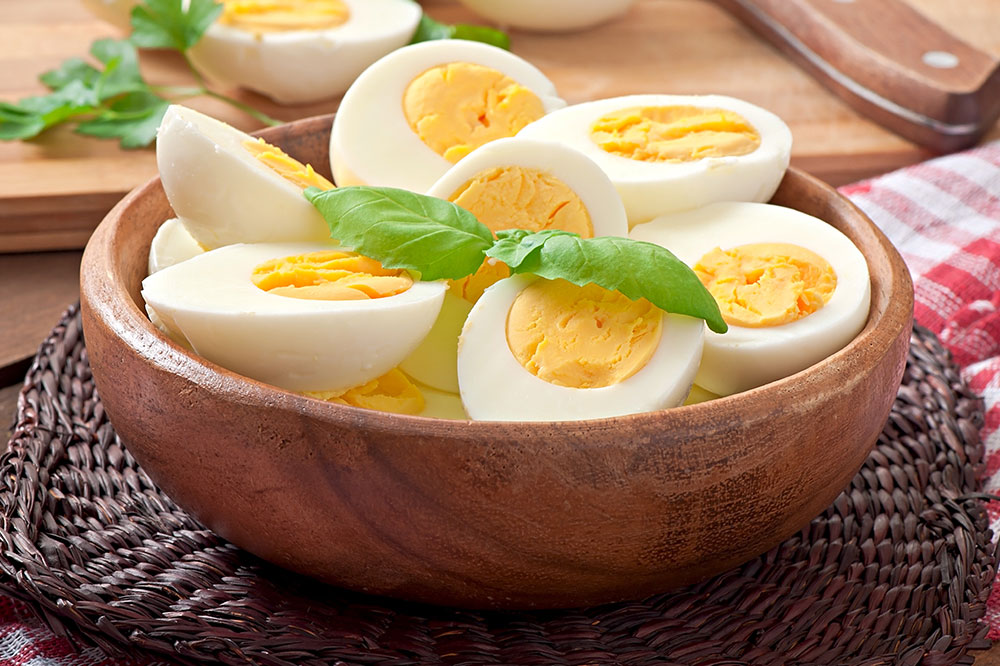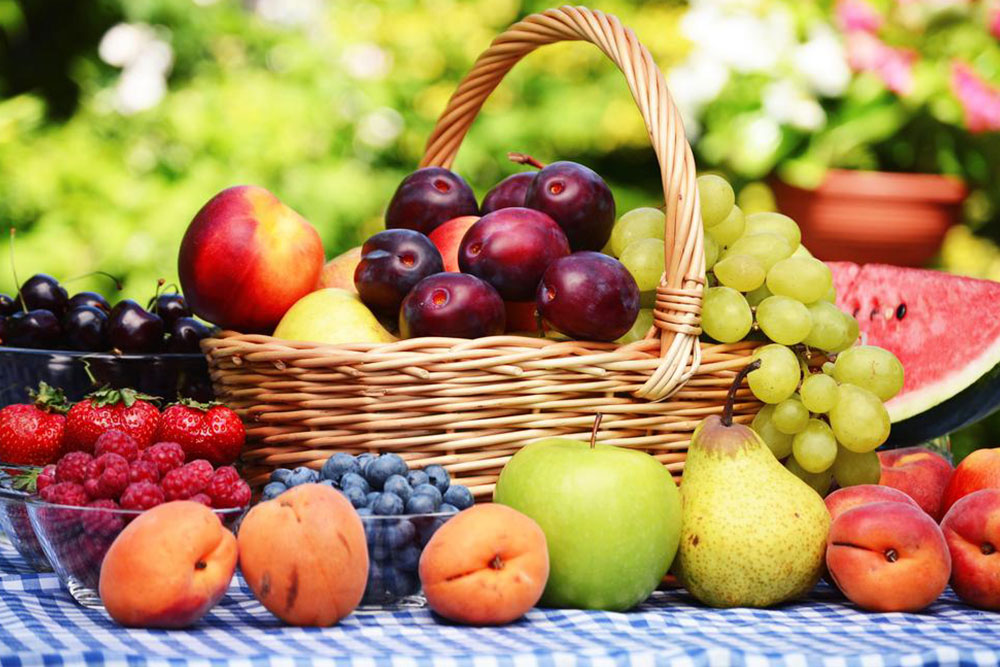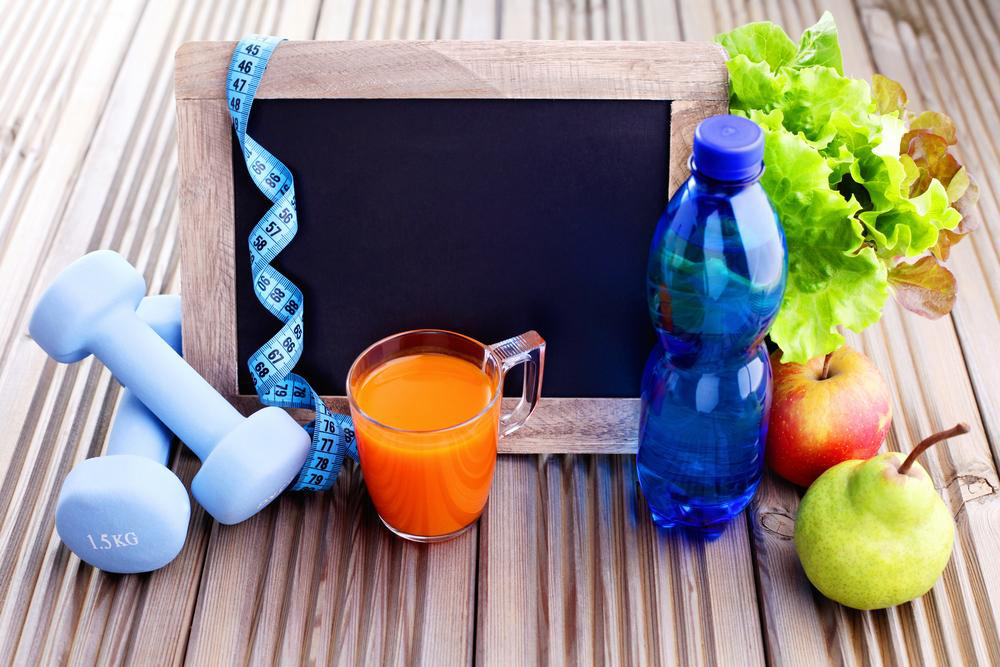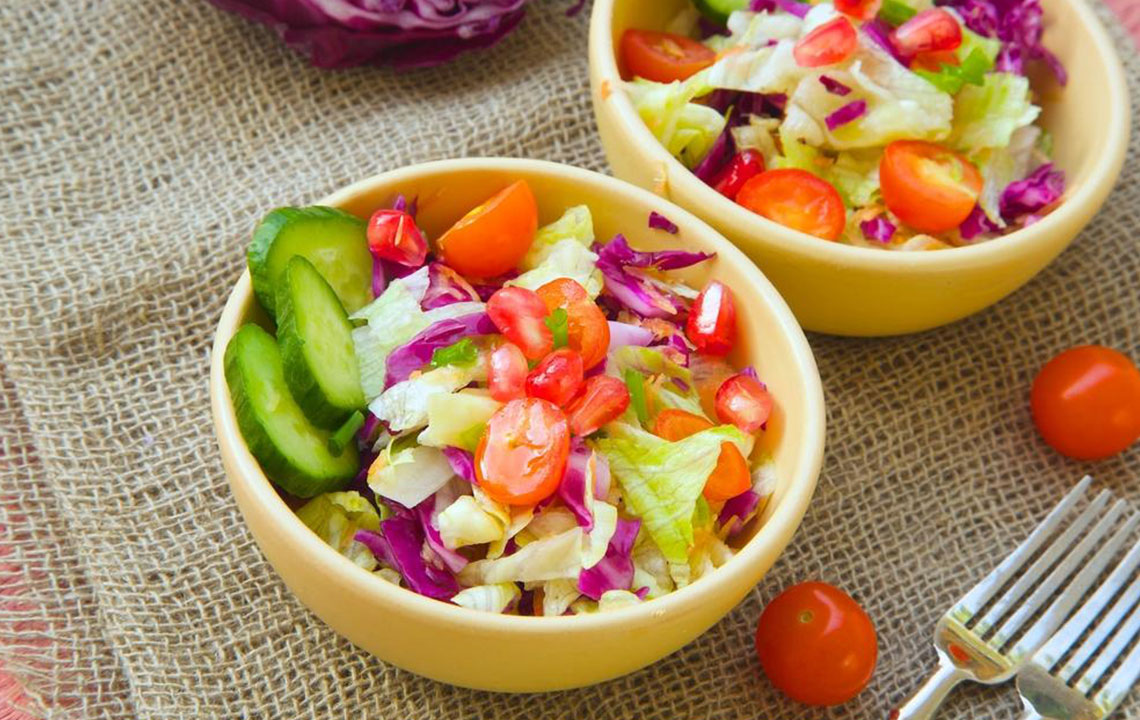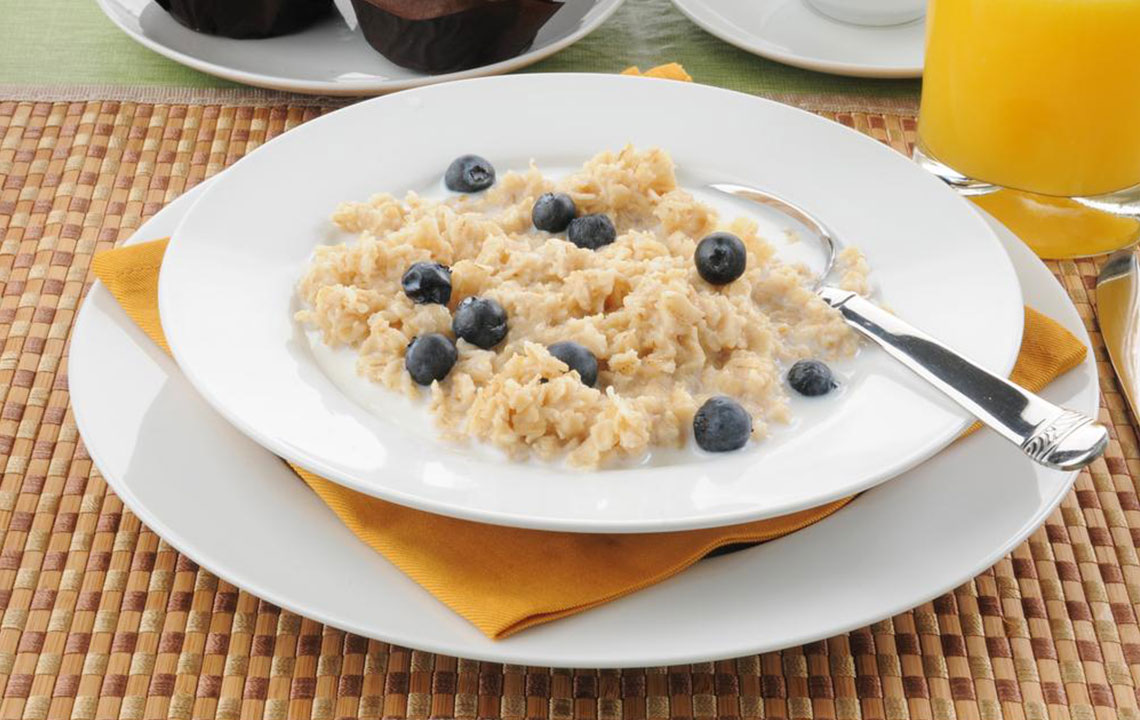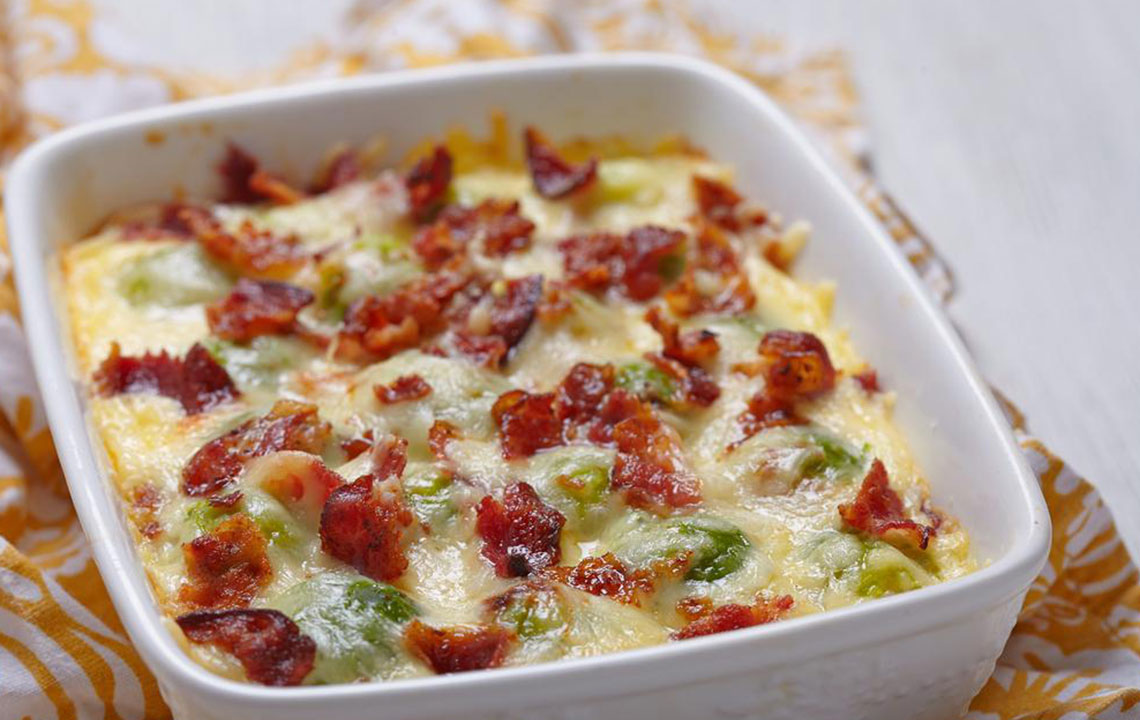Diet Strategies Rich in Iron to Combat Anemia
Discover effective dietary strategies to combat anemia by incorporating iron-rich foods. This comprehensive guide offers easy recipes, key food sources, and tips to enhance iron absorption. Tailor your diet to improve blood health naturally with practical tips suitable for various lifestyles. Always consult with healthcare professionals for personalized plans.
Diet Strategies Rich in Iron to Combat Anemia
Numerous health issues, including anemia, occur when the body lacks sufficient red blood cells (RBCs) that transport oxygen throughout the body. Iron deficiency stands out as one of the primary causes of anemia, as iron is essential for producing hemoglobin, a vital component of RBCs. Fortunately, adopting an iron-rich diet can significantly help manage this condition. Proper nutrition, focusing on foods high in iron, offers a natural approach to improving blood health.
Recommended Daily Iron Intake:
Men generally need about 10 mg of iron daily, while women require around 12 mg. However, this can vary based on age, pregnancy, or breastfeeding status.

Consuming excess iron can be harmful and may lead to other health issues.
Is there an easy-to-follow iron-rich diet for anemia?
A balanced meal plan for anemia includes foods high in iron and nutrients that facilitate absorption. Below are simple recipes for breakfast, lunch, dinner, and snacks:
Breakfast: Spinach & Blueberry Smoothie
This vibrant smoothie combines blueberries and spinach—both rich in iron—plus vitamin C to enhance absorption. Other ingredients include oats, oat milk, and syrup. Blend everything until smooth for a quick, energizing start. Alternative options include dried fruit oatmeal, spinach-tomato scrambled eggs, or fortified orange juice.
For lunch, enjoy a protein-packed fried rice with scrambled eggs and vegetables. Use cooked rice, fresh spinach, collard greens, scrambled eggs, and nuts of your choice. Sauté greens, add eggs, rice, and nuts, season with salt and pepper, and serve hot.
For dinner, consider a hearty butternut squash and black bean chili served with yogurt. Prepare by sautéing garlic, onion, and spices, then simmering with broth, squash, beans, and tomatoes until cooked and thickened.
Snacks like boiled eggs sprinkled with salt and pepper can boost iron intake, along with dried fruits or pumpkin seeds for convenience and extra nutrients.
Primary Iron Sources:
Incorporate foods like leafy greens (spinach, kale), organ meats (liver, kidney), seafood (clams, oysters), fortified cereals, and beans (chickpeas, black beans) into your meals. Many of these foods also contain vitamin C, which improves iron absorption. Working with a healthcare professional can help tailor a diet that suits your individual needs.
Note:
Our blog provides valuable information across various topics to assist readers in making informed decisions. Please remember, this content is for informational purposes only and should not replace professional medical advice. The website is not responsible for discrepancies or inaccuracies, and certain offers or schemes may vary. Always consult a healthcare provider for personalized recommendations regarding anemia management.

